Boulders Beach Is Great for Swimming, Sunbathing, and … Penguin Watching?
The most famous residents of this South African beach town go swimming in tiny tuxedos.
Listen and subscribe on Apple Podcasts, Spotify, and all major podcast apps.
Dylan Thuras: At a typical beach, you might spend some time shooing seagulls away from your bag of potato chips. But Boulders Beach near Cape Town, South Africa, is not a typical beach. Because there, it is a different kind of bird that will pay your beach towel a visit. Birds that can’t fly, sound like donkeys, and look like they’re wearing teeny little tuxedos. These beach birds are penguins.
Katta Ludynia: You just have to sit somewhere quietly, and the birds will come. If you just sit quietly, they will literally come and start nibbling on your towel.
I’m Dylan Thuras, and this is Atlas Obscura, a celebration of the world’s strange, incredible, and wondrous places. And today, we’re taking you to Simon’s Town, South Africa, where sunbathers and tourists mingle with penguins.
This is an edited transcript of the Atlas Obscura Podcast: a celebration of the world’s strange, incredible, and wondrous places. Find the show on Apple Podcasts, Spotify, and all major podcast apps.

Dylan: If you find yourself driving around Simon’s Town, South Africa, you want to keep an eye out for animals crossing the road.
Katta: Basically, you drive down towards the beach and you park, and probably by the time you’ve gotten out of your car, you’ve probably already seen a penguin kind of walk across the street.
Dylan: This is Katta Ludynia, and she works for the Seabird Rehabilitation Center nearby that’s called SANCCOB. And they have a team of seabird rangers, whose job is, among many other things, to rescue penguins from inconvenient spots they find themselves in.
Katta: They get called every five minutes by people saying, like, sorry, there’s a bird underneath my car, can you please get it away?
Dylan: Simon’s Town is on the western side of South Africa’s Cape Peninsula. Cape Town’s about an hour away. And this town, Simon’s Town, it’s a small beach community, home to just about 6,000 people and a naval base. But its most famous residents are, for sure, the penguins.
Katta: There’s obviously a lot of guest houses that advertise with the fact that there’s penguins in their gardens.
Dylan: Katta says that some locals have even installed special steps in their swimming pools to make sure that the penguins can get out safely, which is just an absolute delight. But the thing is, it wasn’t always like this in Simon’s Town. These penguins are native to this part of the world, but they didn’t come to live in this particular town until the mid-1980s. And it started with just a couple of pairs who decided to breed on a small secluded beach nearby, Boulders Beach. The locals said, hey, this is great. Let’s make this a protected area and we’ll fence it in. The penguins were like, cool plan, bruh.
Katta: Penguins are very easy to climb fences and find holes and whatever. So they started to basically move into other areas. So they’ve started populating people’s gardens. So now, actually, they’re breeding in quite a large area.
Dylan: Since the ’80s, a thriving tourism industry has popped up around these birds. Katta says that people really love taking selfies with the penguins. No surprise. Though sometimes they don’t give them enough personal space and these selfie takers pay the price.
Katta: We sometimes laugh because obviously people know them from the movies and they’re cute and everybody wants to touch a penguin and then people stick their fingers through the fence and they get bitten. So they are wild. They can bite.
Dylan: When most people think of penguins, they tend to think of Antarctica, of ice and snow. Not a place like coastal South Africa, where the weather is essentially subtropical. But these penguins, they’re different. They’re African penguins. And they’re a little smaller. They’re around knee height. They’re black and white. They’ve got a thin black strap across their chest. And there’s another way to identify an African penguin.
Katta: They do this donkey-like call, especially when they greet their partners. So the one partner stays with the eggs or chicks and the other one goes out at sea and they actually alternate. So it’s mommy and daddy going out and feeding. And then when the partner comes back, they greet each other with these amazing calls.
Dylan: That call is why these penguins used to have a more unflattering name. They were called jackass penguins. You know, because they sound like donkeys. But Katta says that individual birds have really different personalities. Some are aggressive. Some are shy. But overall, they just tend to be pretty curious.
Katta: So if you work in colonies and you just leave your bag somewhere, often your notebook starts disappearing or your pencil gets carried away or you find your scales trapped or something in one of the nests. They carry things around. They’re inquisitive. They want to come and check you out.
Dylan: Which makes sense in a way, because the wild thing about Simon’s Town and the original nesting site, Boulders Beach, is that it’s not a zoo or an aquarium. It was not created by humans. The penguins themselves chose this site and came here on their own in the ’80s and maybe even picked out a spot near all these people on purpose.
Katta: And we actually think they basically chose these areas thanks to the villages or the towns around, because the towns around, basically, they keep the predators away.
Dylan: But just because these penguins seem to be absolutely everywhere doesn’t mean that they’re thriving. These penguins are actually threatened by humans, just not in the way you might think. African penguins didn’t always live on the mainland. Most of their colonies were originally on islands off the coast. And some scientists estimate that there were once millions of African penguins living there.
Katta: We actually have relatively good data from, basically, 1900, 1902, 1905. There’s actually images of some of these colonies that we work in now. They’re literally covered in penguins, like, you can’t see the ground, it’s just penguins. We’ve had several people that went back to these colonies and basically found the same angle of the photo and took a photo now, and you literally don’t see a bird in the picture.
Dylan: In the mid-19th century, two mini-industries popped up around the penguins. One was around their poop, or guano. Layers and layers of this poop, like many, many feet deep, would cover the colonies. And the penguins would actually dig their nest down in there and keep their eggs safe from the elements and predators, which is gross, but also, like, whatever, nature, you know? So the thing is, this guano could also be used as fertilizer. And so people started harvesting penguin poop to sell. Guano scraping became a big business. And then there was another business that was maybe even worse for the penguins. It was all about their eggs. The penguin eggs were once considered a culinary delicacy and typically boiled and eaten on toast. The whites supposedly always stayed a little blue and tasted slightly fishy. Both of these practices, guano scraping and egg harvesting, were outlawed in the late 1960s. But the penguins still face threats today. They’re just different ones.
Katta: The penguins are really, really struggling to find sufficient food, and that is going to be a big challenge for them. And that is why we actually see these dramatic declines in the penguin population.
Dylan: African penguins have very, very specific diets. They eat anchovies and they eat sardines, two fish that also happen to be prized by South Africa’s commercial fishing industry. And there’s another enormous looming problem, which is, of course, climate change.
Katta: We have more frequent heat waves. We have more days in a year where it just gets too hot for the birds and they abandon the eggs. We also have more severe winter storms. So we have storms with higher swells, higher waves that wash over to parts of the colonies and the eggs and chicks drown. But then climate change is also probably partly responsible for some of these changes in food distribution, because the currents are changing and the fish is just moving to different areas that are not reachable for the penguins.
Dylan: Food and climate pressures have taken a huge toll on the African penguin. Their numbers are decreasing and they’re decreasing fast. According to a recent census, there are about 30,000 to 40,000 penguins left in the wild in South Africa. And that’s compared to the millions that researchers think used to live there.
Katta: The latest census this year is the historic lowest number ever recorded. But we keep this record every year since the last, I don’t know how many years. So next year we will have the next historic lowest number.
Dylan: Katta says that if nothing is done, it is highly likely that in 20 to 30 years, these birds will completely disappear.
Katta: There are a few things that could, I wouldn’t say easily be done, but that can be done.
Dylan: Katta says that a main goal for conservationists is to work with the commercial fishing industry to encourage more sustainable practices and to restrict fishing around penguin colonies, at least for certain times of the year. Another piece of the puzzle is where that fish goes once it’s caught. In South Africa, most anchovies are processed in a fish meal, which is like a ground up fish powder. And that fish meal is then used in animal feed, for farmed seafood, for pigs, chicken, and other livestock. And yeah, then these all end up back on our plates.
Katta: A lot of that goes into agriculture, into cattle farming and animal farming, aquaculture. So the burger you eat less in the States might be saving an African penguin.
Dylan: After all this, you might be thinking, you know, humans seem to have been pretty unkind to these penguins and now we’re going and using them as Instagram backdrops. But …
Katta: But then on the other hand, we obviously really, really encourage people to go and see these birds because it is so special to, you know, that there’s only basically two sites in the world, basically, that you can easily see African penguins in the wild. And it is obviously a huge income for the local communities.
Dylan: Katta says that when tourists come to see the penguins or the other local wildlife, like whales and sharks, they generate a lot of income through park fees, hotels, bed and breakfasts, tour guides. And that economic boost helps conservationists make the argument that it’s really, really important to protect these birds.
Katta: And that’s actually something that we’ve been using in our fight or discussions with the fishing industry. Because the fishing industry obviously, for good reasons, comes with, you know, if we can’t fish, then so many families will lose their income. There will be so many jobs lost. But our argument is, well, if the African penguin goes extinct, there’s at least as many families that will lose their jobs. Although we obviously sometimes have a little bit of our concerns about the number of people streaming down to Boulders, it is, in a sense, good for the species because we can show how important they are for the economy.
Dylan: There is an entrance fee to the colony at Boulders Beach, which you should pay because it will help support them. But you can also hang out for free in Simon’s Town and, you know, penguins might wander up to you anyway. SANCCOB also maintains a facility that’s open to the public where you can see their rehabilitation work in action. And, you know, you can take that selfie with that penguin, just give them their space. Special thanks to Katta Ludynia for telling us all about the African penguins in Simon’s Town.
Listen and subscribe on Apple Podcasts, Spotify, and all major podcast apps.
Our podcast is a co-production of Atlas Obscura and Witness Docs. This episode was produced by Amanda McGowan. The production team includes Doug Baldinger, Chris Naka, Kameel Stanley, Willis Ryder Arnold, Sarah Wyman, Manolo Morales, McKenna Smith, Gianna Palmer, Tracey Samuelson, John DeLore, Peter Clowney, Anne Ewbank, Guinevere Govea. Our technical director is Casey Holford. This episode was mixed by Luz Fleming. And our theme and end credit music is by Sam Tyndall.
This story originally ran in 2022; it has been updated for 2025.
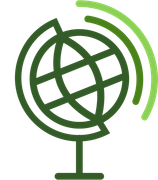
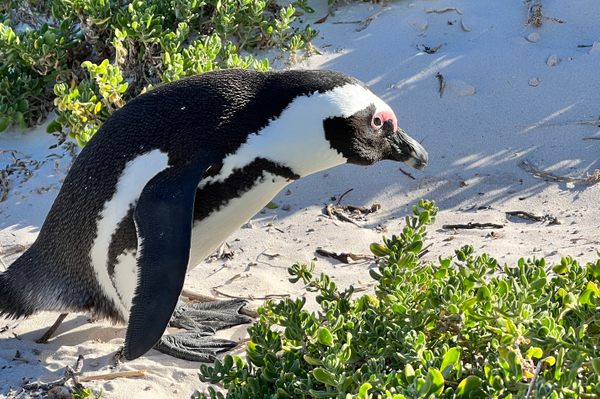

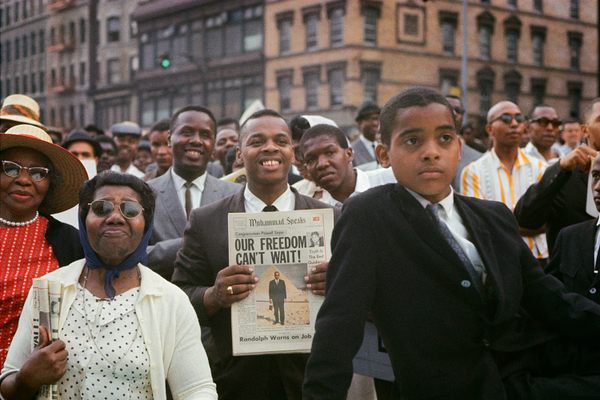
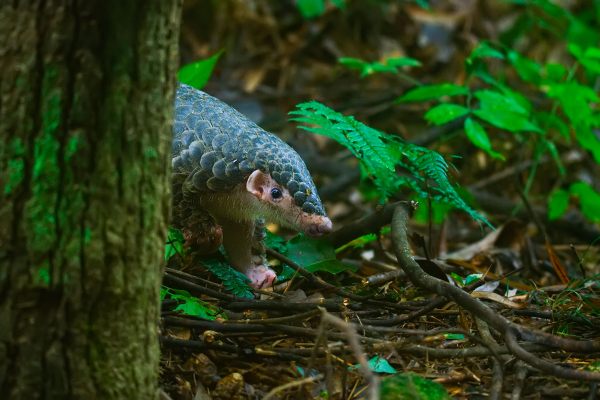
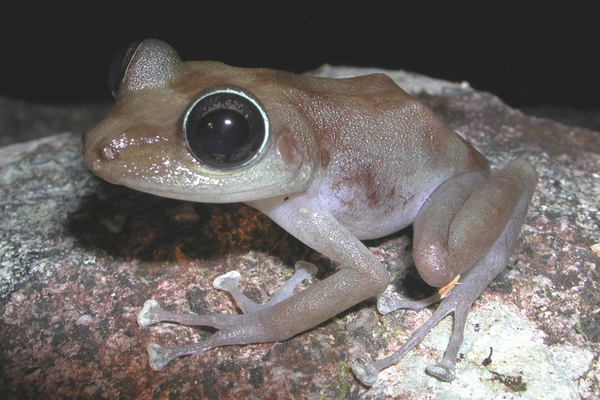
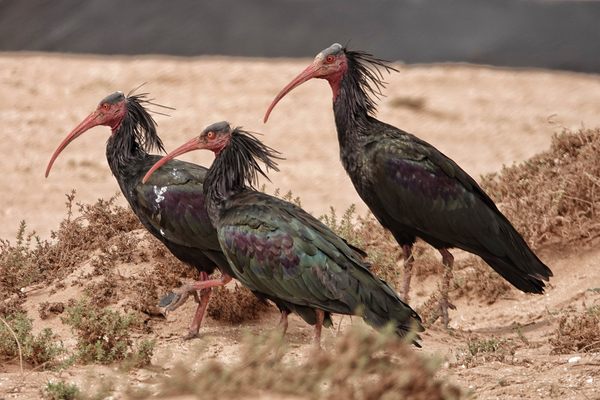

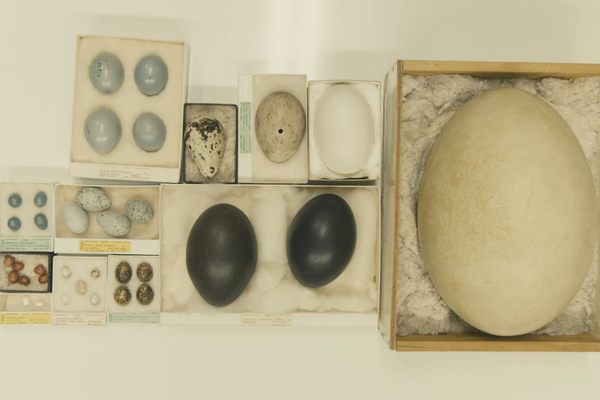
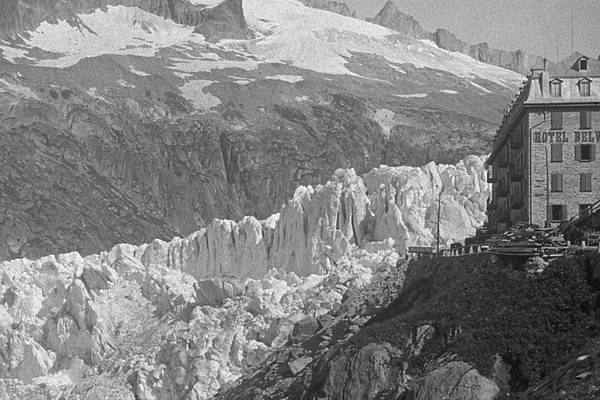

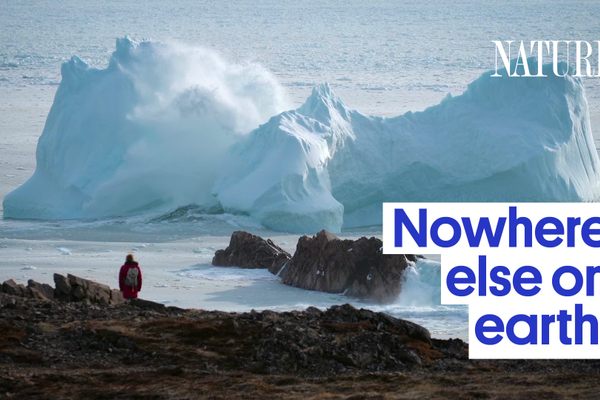
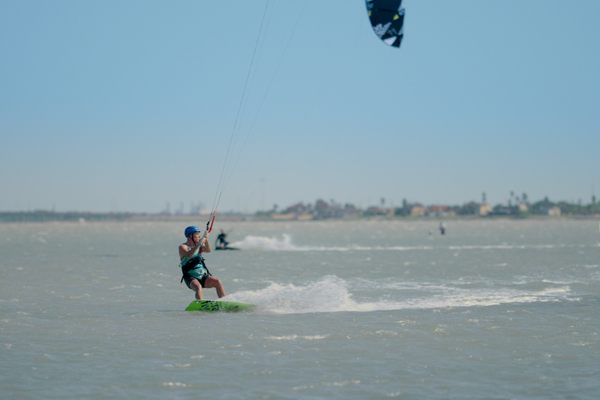
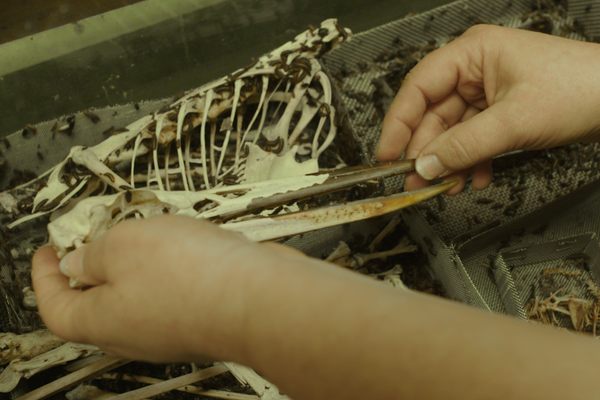

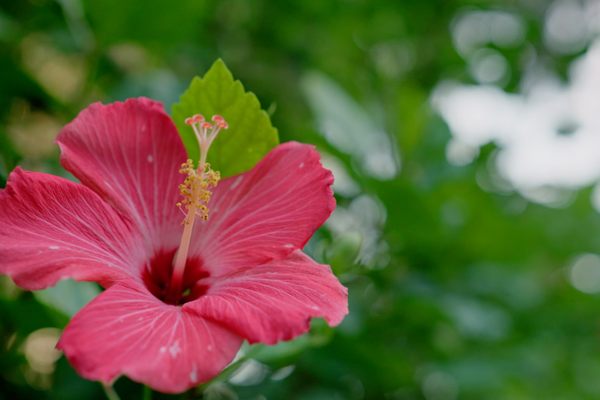

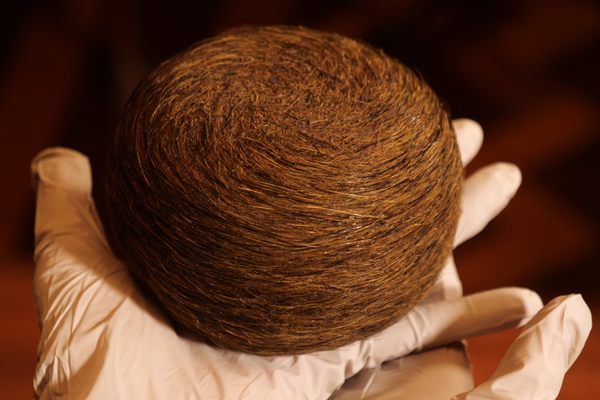
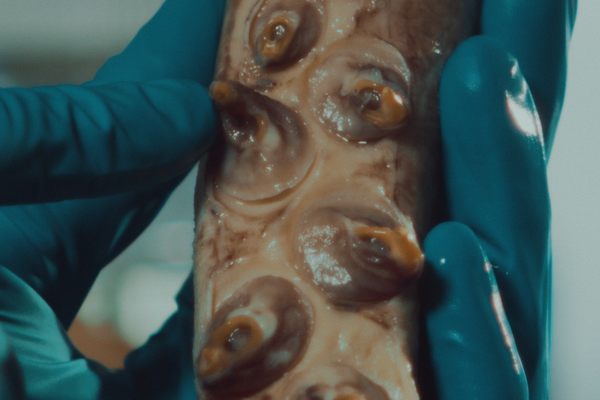
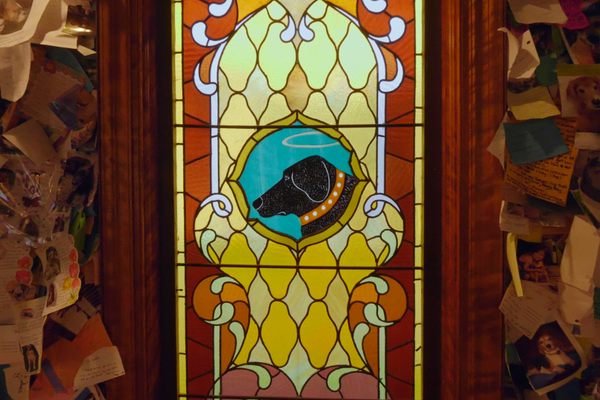

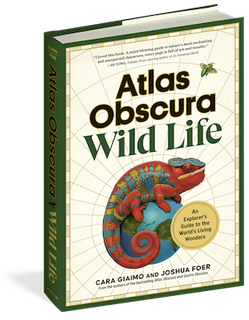

Follow us on Twitter to get the latest on the world's hidden wonders.
Like us on Facebook to get the latest on the world's hidden wonders.
Follow us on Twitter Like us on Facebook